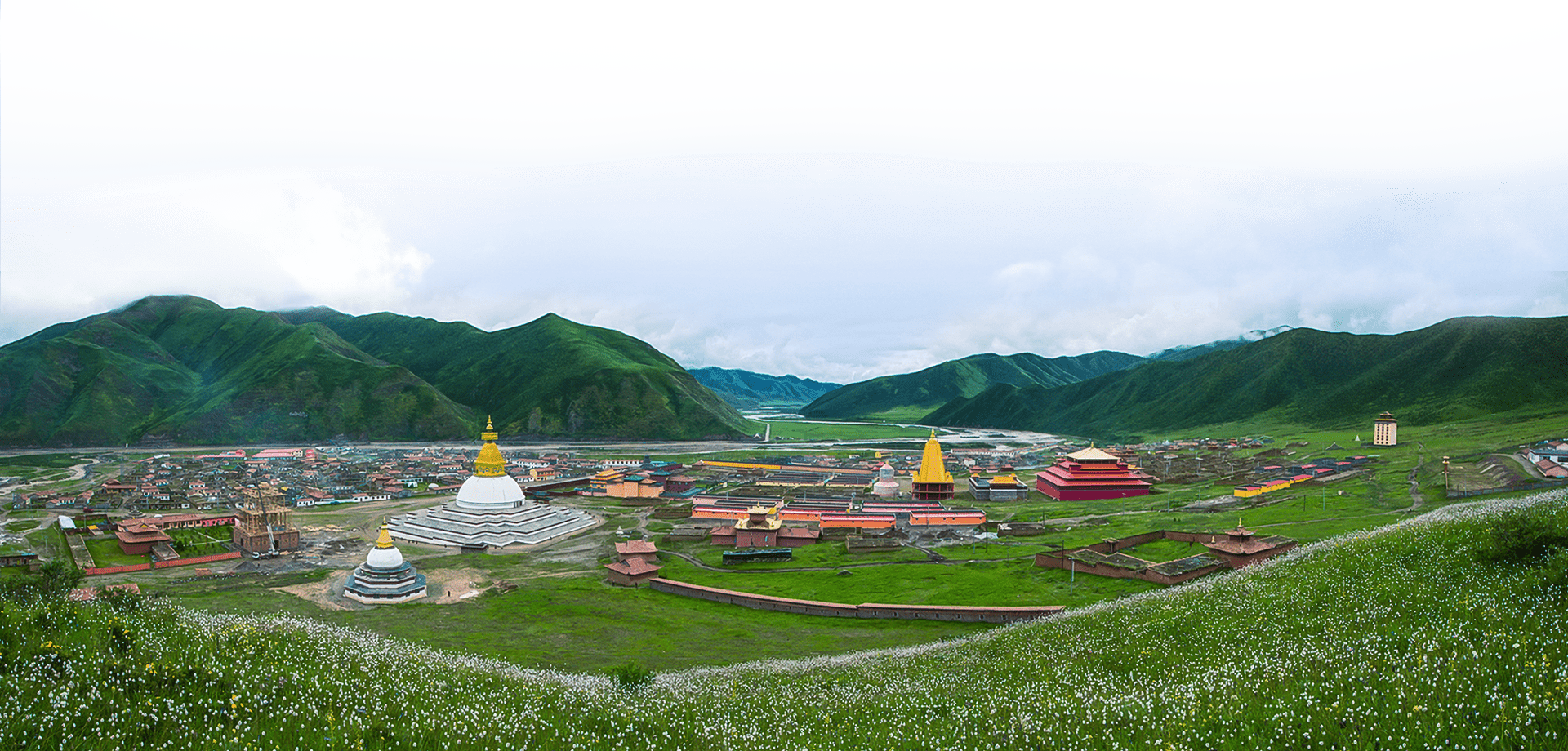HUNGKAR DORJE RINPOCHE’S BRIEF BIOGRAPHY
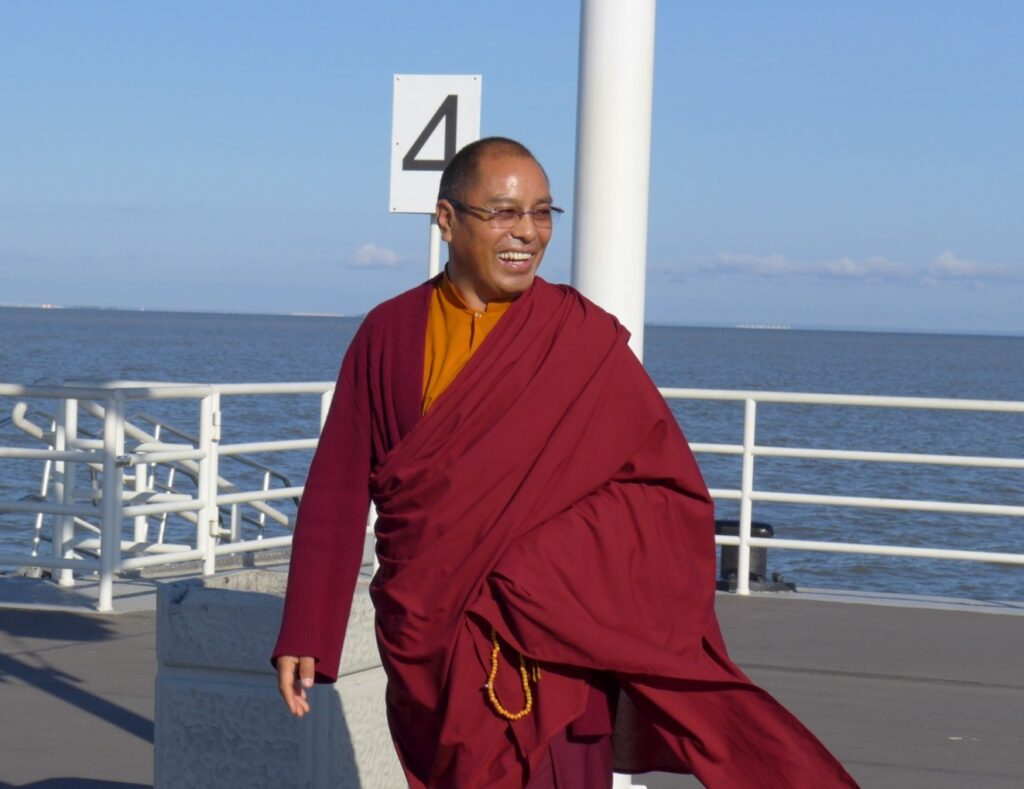
Khyentse Rigdzin Hungkar Dorje is the 5th rebirth of Do Khyentse Yeshe Dorje, a great master of Tibet. He is the 10th lineage holder of the Dzogchen Longchen Nyingthig (Lung Ngon Monastery). Rinpoche is also recognized to be the rebirth of King Trison Detsen and Hungkara, one of the Eight Vidyadharas of India. In Tibet, He is praised to be reincarnation of Manjushri.
Hungkar Dorje Rinpoche was born in 1967, in Golok, Tibet, in a family of great mahasiddhas. The little tulku Hungkar came into this world in a time when every Tibetan lived in extreme poverty and under great pressure of horrible mental persecution. At that time, all Dharma study and practice could take place only in the middle of the night. In the face of those tremendous dangers and torments, the little tulku did not lose the peace and stability of his mind and was determined to follow the path of His great bodhisattva’s vow. At the age of nine, tulku Hungkar went to Palyu Monastery for Dharma study and practice of both Sutra and Tantra traditions.
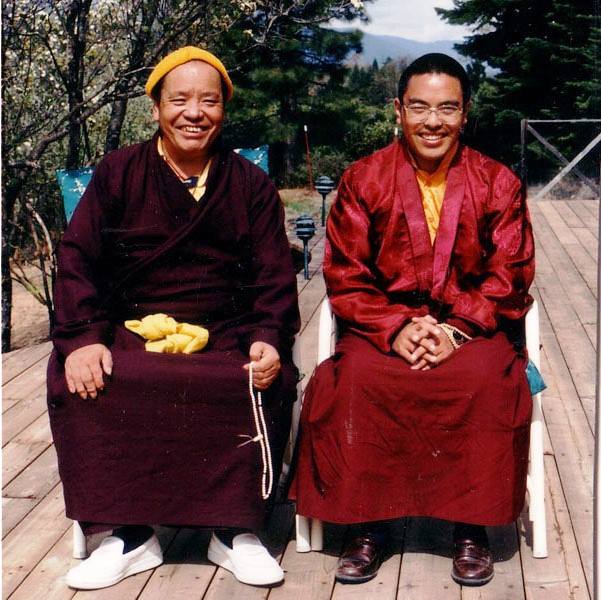
In the early age, tulku Hungkar Dorje was recognized by His Holiness Orgyen Kusum Lingpa, His Holiness Dodrupchen Rinpoche, His Holiness Penor Rinpoche, and later by His Holiness the Dalai Lama, as a reincarnation of Do Khyentse Yeshe Dorje, the mind emanation of the great Dzogchen Master Jigme Lingpa. In 1989, led by His great bodhisattva’s vow to be a Rime (non-sectarian) Master, Rinpoche went to the Drepung Monastery of Gelugpa for study. In 1991, despite great dangers and hardship, He crossed Himalaya to come to India and practiced Dharma for three years in holy Varanasi. In 1994, in Bodhgaya, He was enthroned as tulku of Do Khyentse and Jigme Lingpa. On this occasion His Holiness the Dalai Lama wrote “Prayer for Longevity of Hungkar Dorje Rinpoche”, praising Hungkar Dorje Rinpoche’s sacred mission to extend the examples set by the golden succession of Dzogchen Longchen Nyingthik masters and foretelling His great accomplishments in this life.
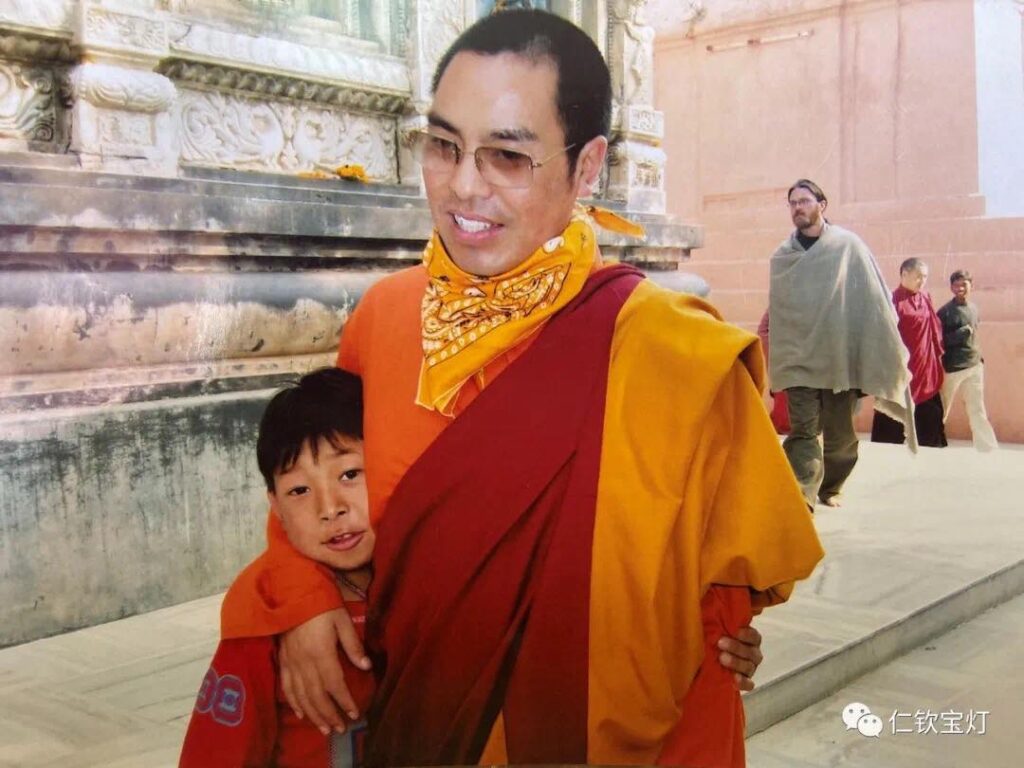
Rinpoche wrote[i] about His becoming a Dzogchen Longchen Nyingthik master: “I received the necessary teachings, empowerments and instructions from Lamasang and other great lamas such as the H.H. Dodrupchen Rinpoche IV, H.H. Penor Rinpoche, H.H. Katog Moksa Rinpoche, and others. I practiced accordingly to become a Dharma teacher. I did a lot of recitations of mantra for the Three Roots including Shitro and many other practices to be able to, and to have authority to, give teachings, empowerments, and instructions.” In 2000, Rinpoche became the 10th spiritual leader of Lung Ngon Monastery (Thubten Chokhor Ling), a mission passed down by His father, the Great Terton Kusum Lingpa. Lung Ngon Monastery was founded by Rinpoche’s predecessor, Do Khyentse, its mission being to preserve and develop the Dzogchen Longchen Nyingthik lineage.
The Monastery is presently an important Dharma seat of Tibetan Buddhism with a thousand monks, nuns, yogis and Dharma school students etc. studying and practicing Dharma. Rinpoche says for a monastery, the two main activities are the studying and the meditating (or Practicing). In the Monastery, for studying there are the three education facilities: the Dharma school at the monastery for the monks, the yogi center for the yogis, and the center for the nuns at the nunnery. They have been very successful in producing well educated monks, yogis, and nuns. The level of study at these centers is at the top among all the monasteries in the Golok region, maybe among most monasteries in Tibet. Totally, 500 monks, nuns, yogis are regularly studying in these Dharma schools.
[i] in ‘History of the Winter Retreat and Other Related Matters of Lung Ngon Monastery’.
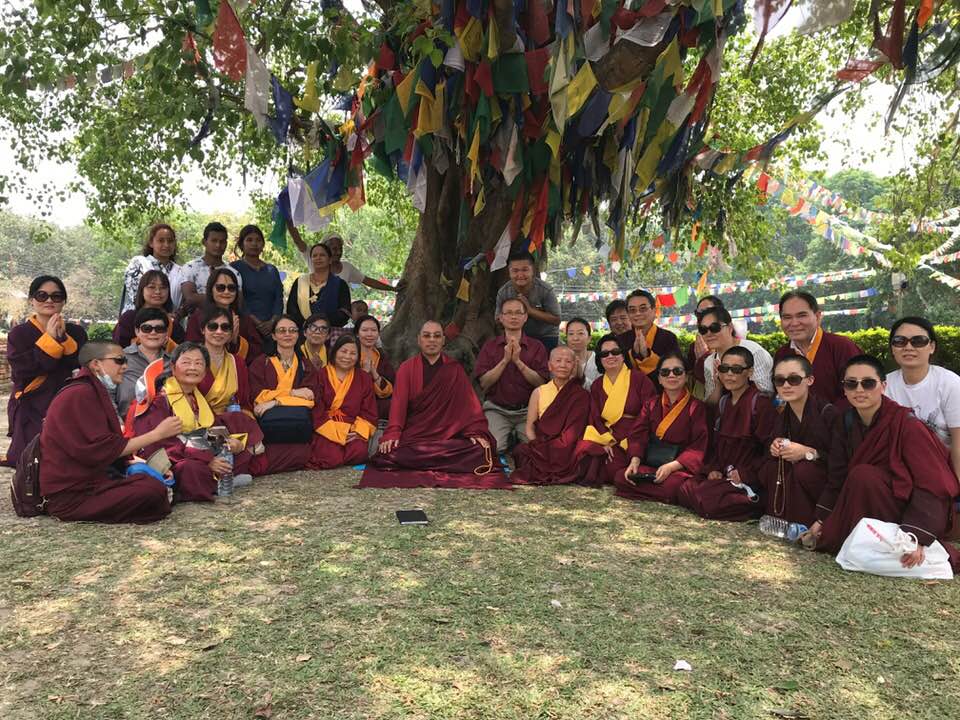
As far as practicing is concerned, the Monastery has been building new retreat centers to add to the old ones. Totally, now 108 monks, nuns, and yogis are in the retreat centers for a 3-and-a-half-year program. Rinpoche says the Monastery’s mission is to hold Buddha’s teachings and it has the two causes to really hold the teaching: learning and meditating because these two main activities of the Monastery are very strong, very complete.
The Lung Ngon Monastery is also famous for its Great Stupa for World Peace (Tibetan Bodhnath Stupa), Dharma College Chorig Ling and Tashi Yekhyil Ling nunnery – the first nunnery in Golok founded by Rinpoche in 2005. With strong aspiration to preserve and propagate Tibet’s unique Buddhist culture, Rinpoche has founded Mayul Gesar Foundation for Virtuous Activity, the Tibetan School for Traditional and Modern Education. Every year, hundreds of thousands of monks, nuns and Buddhist devotees come to the Monastery for Dharma transmissions, Dharma practice and study.
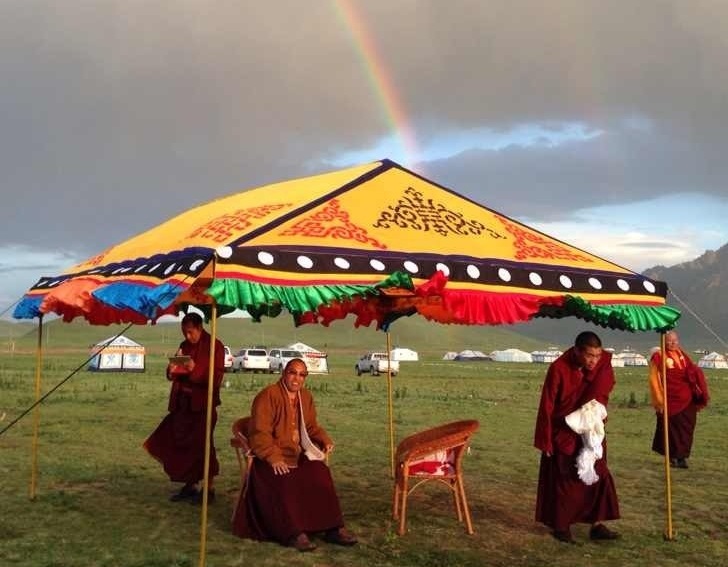
In 2005, Rinpoche started His Dharma teaching trips in the US. Since then, His Dharma activities have been spreading in many parts of the world: Canada, Mexico, Australia, Russia, Vietnam etc. Rinpoche has a very strong karmic connection with Vietnam and its people. In 2009, Rinpoche wrote His famous prayer “The Hook of Red Lightning” on a small isolated island in Nha Trang, Vietnam. With the power of a realized master, He has helped many ordinary people or Buddhist practitioners on retreat in caves to escape terrible dangers. His authority and fame have been increasing ever since. The nectar of His Dharma has been absorbed deep and wide wherever He goes: Vinh Nghiem, Sui, Bao An, Thien Khanh, Pho Quang, Tu Quang, Lam Hue etc.
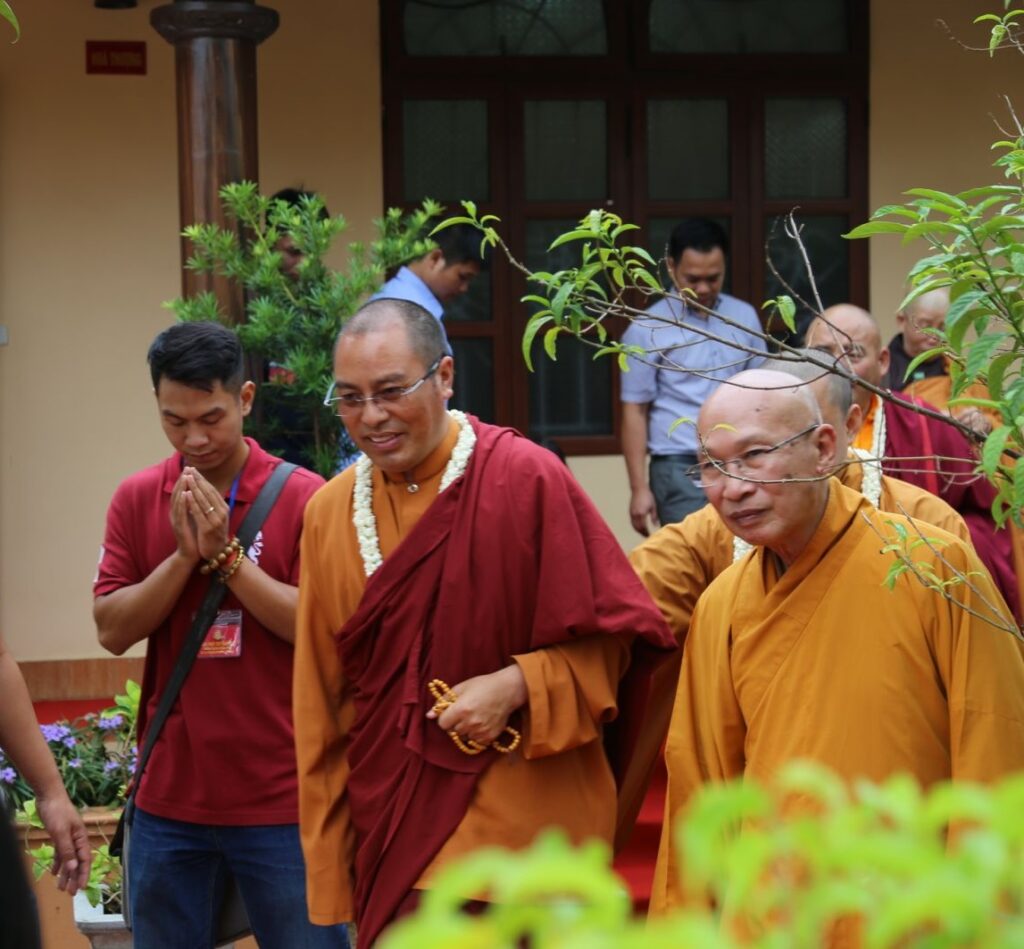
Rinpoche’s teachings always advocate peace and harmony in the world. Like His Holiness Dalai Lama, He sets a bright example of an advocate for harmony among all the religious traditions in the world. He wrote to His students in Vietnam in 2009 during His first teaching trip to the country:
“In fact, all things that we perceive are just the various good or bad appearances that arise through individual dependent origination. Therefore, if you make a decision based solely on your own perception, or dependent origination, it’s still difficult to know the nature of the dependent origination that other various beings have. Therefore, we should rely on each other, respect each other, be patient with each other, be kind to each other, speak from the heart to each other, be comfortable with each other, be peaceful with each other and so on. This will bring out the value, direction, beauty, and brilliance of one’s life, and you will also respect the perceptions of others, and you will plant the seeds of their happiness and welfare.”
Compiled from many sources by Hieu Thien (Lotsawa).
Hanoi, August 10, 2015. Revised December, 2022.









